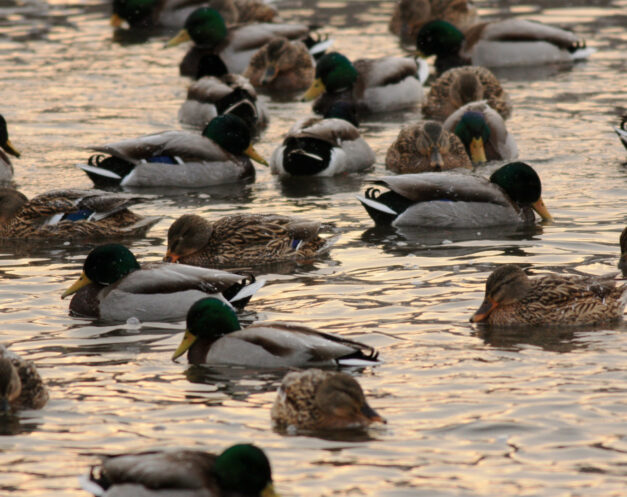Avian Disease

Since 2005, we have used our experience in waterbirds and wetlands to understand the risk of diseases that can be transmitted from these animals to humans. Our work confirms that wild birds are very unlikely to disperse disease-causing virus strains over extensive distances. We will continue to examine the interactions and virus transmission between wild and domestic birds.
Advocating at the regional and global level
We work to ensure decisions and responses to disease outbreaks are effective and factually based. This prevents unnecessary and destructive panic-measures against waterbirds or wetlands. We have worked closely with many partners to develop resolutions.
As a founding member of the United Nations-led Scientific Task Force on Avian Influenza and Wild Birds, we advise on how to contain the spread of the virus without damaging waterbirds and wetlands.
We also co-convene the Asia-Pacific Working Group on Migratory Waterbirds and Avian Influenza with the FAO to promote information exchange and surveillance of wild birds in the region.
Investigating waterbirds in the field
We coordinated major field investigations in Europe, Africa and Asia to monitor and collect wild bird virus samples in high-risk areas. These efforts improved the understanding of viruses that are carried by wild bird species, all of which were found to have no negative impact on poultry or people. None of the birds we sampled was positive for the disease-causing avian influenza H5N1 known as the “bird flu” virus.
Satellite tracking programme
To understand the migratory strategies, routes and movements of waterbirds, we joined efforts with partners in satellite tracking programmes between 2007 and 2011. These tracking programmes provided new insights into bird migration and linkages between virus spread and bird movements.
